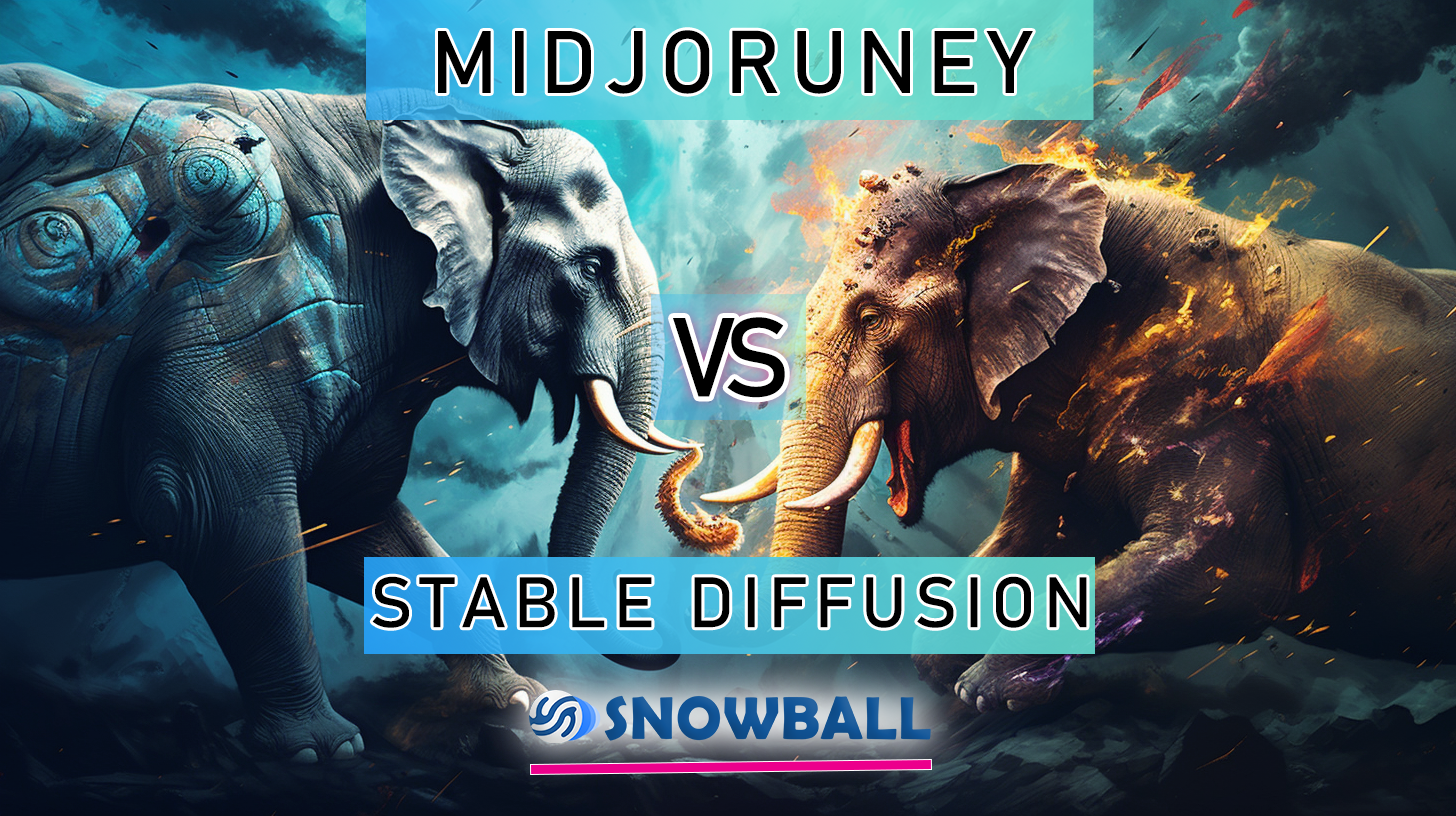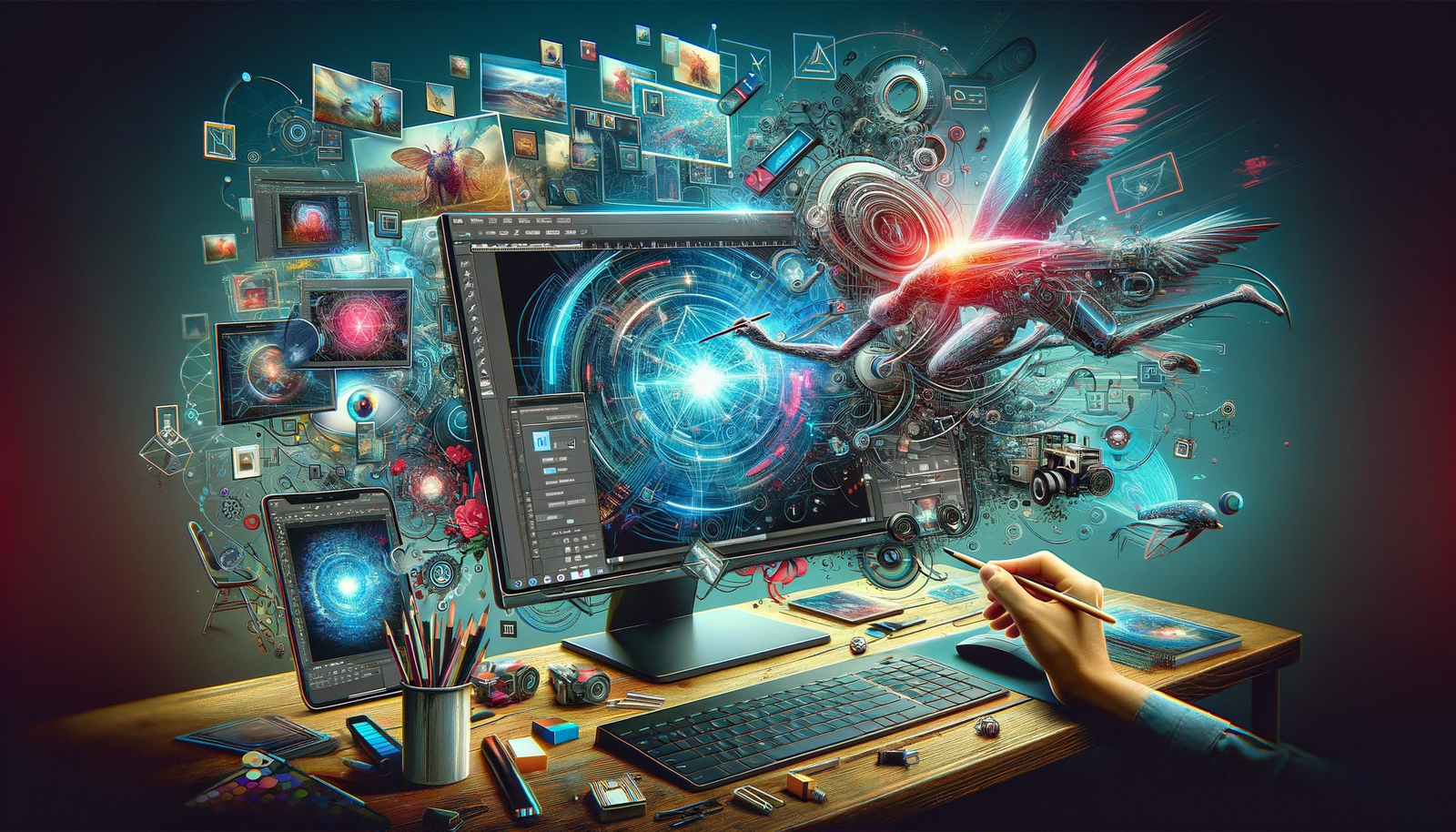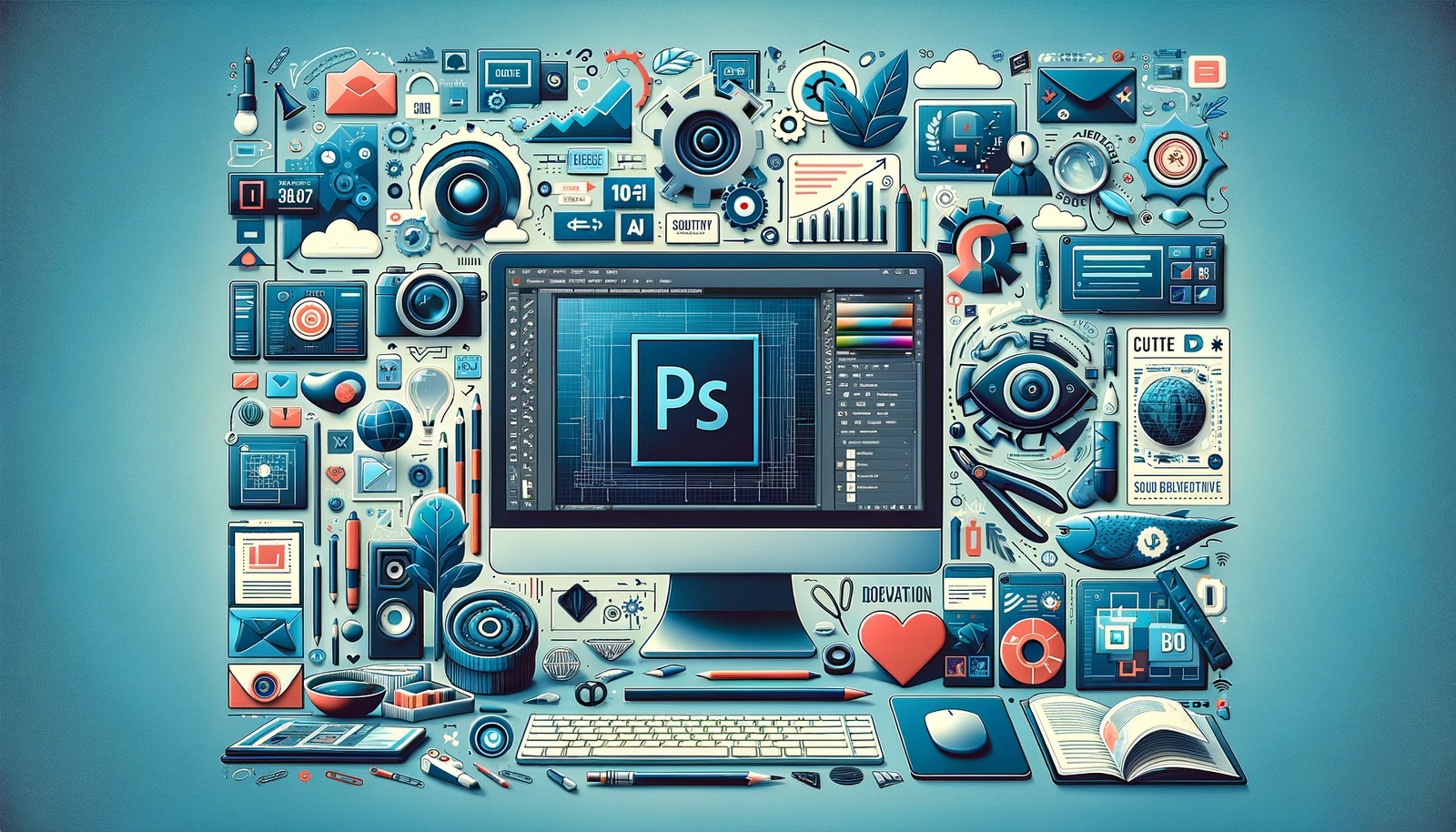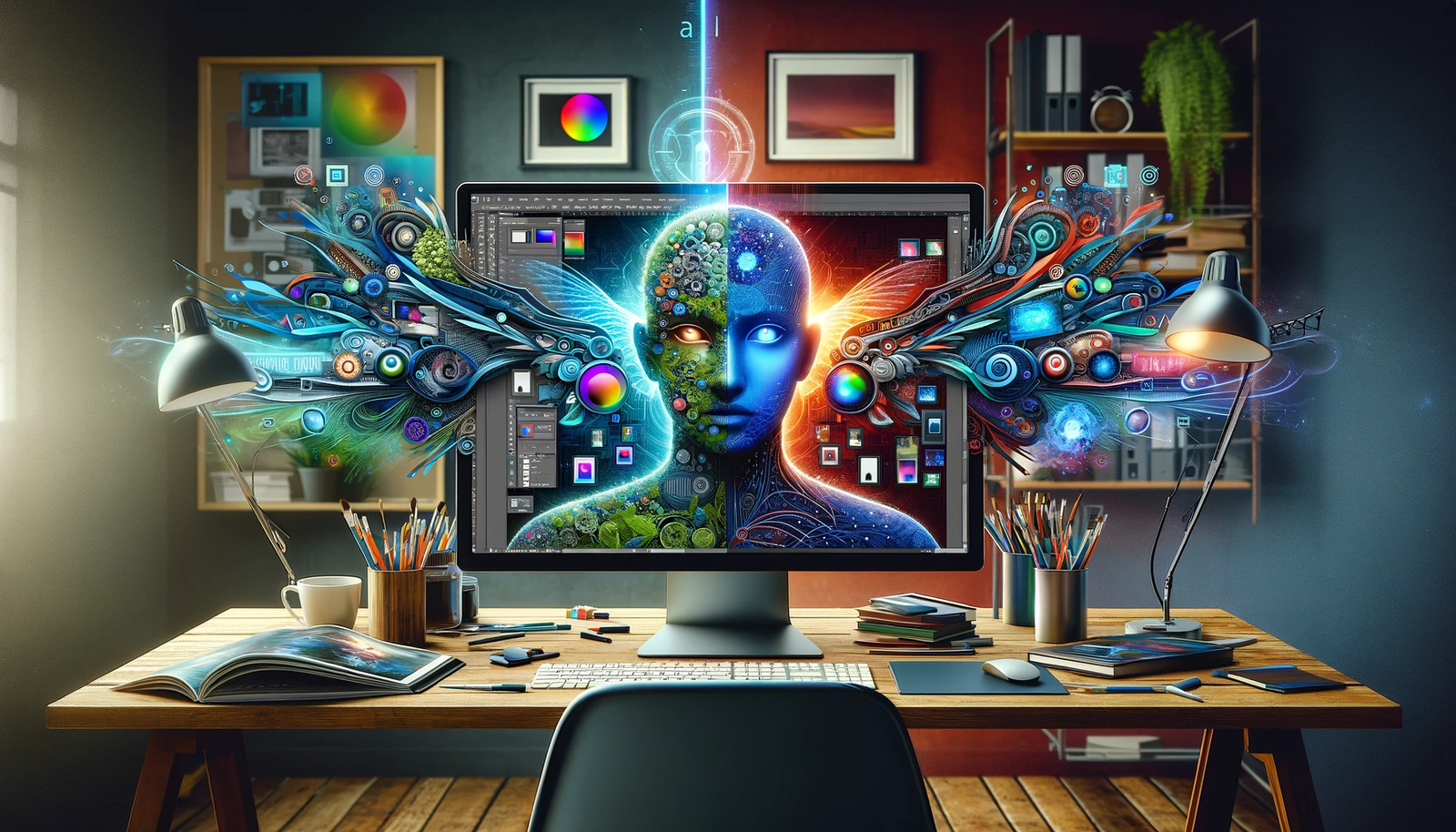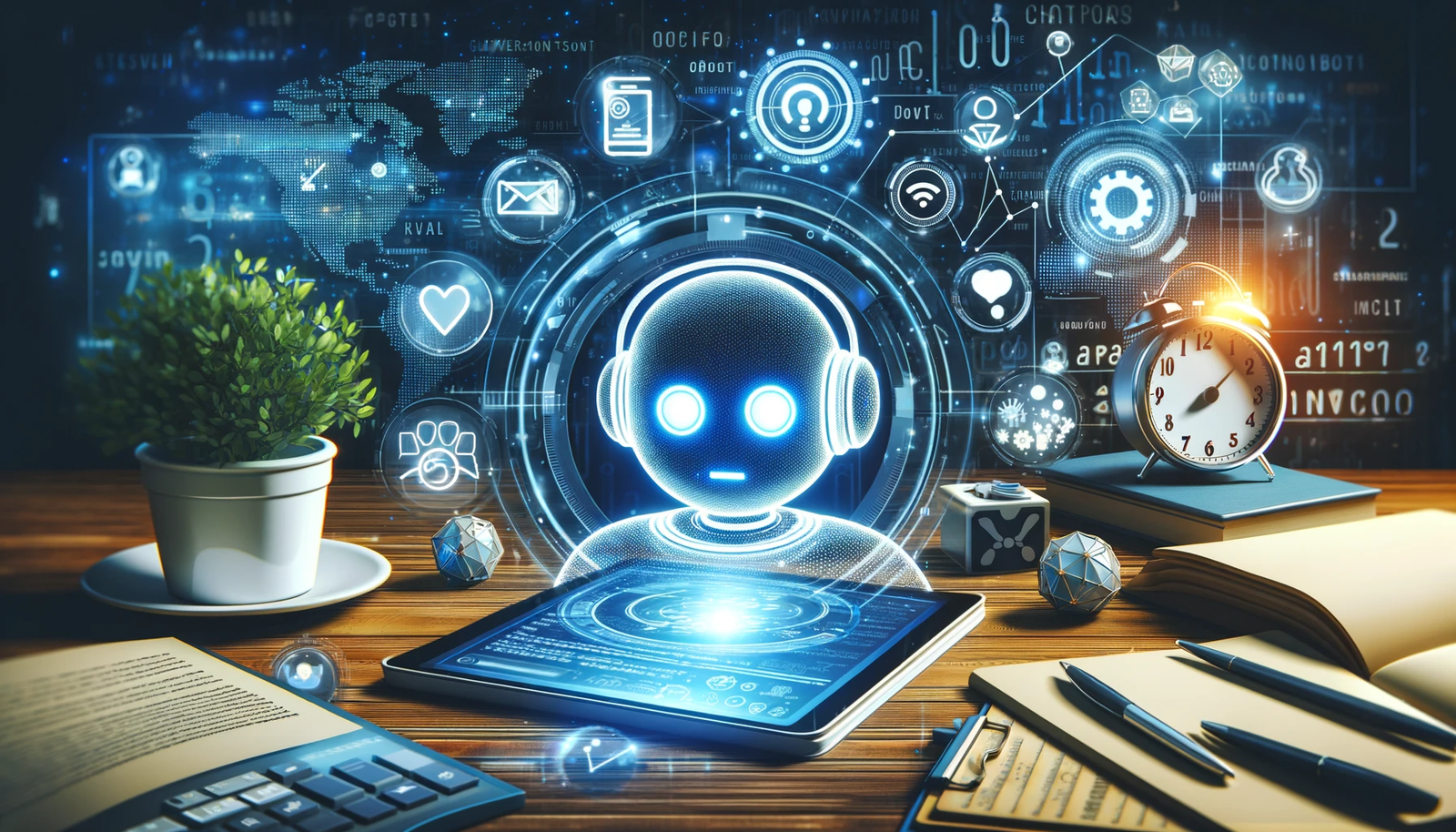In the ever-evolving world of artificial intelligence (AI), few companies have captured the imagination of innovators like text-to-image generation. So let’s compare MidJourney vs Stable Diffusion in this post.
This groundbreaking technology bridges the realms of language and visual artistry, using the power of AI to transform textual descriptions into stunning visual representations.
As AI continues to push the boundaries of what’s possible, the ability to seamlessly convert words into images has profound implications across various domains, from entertainment and design to education and beyond.
Midjourney and Stable Diffusion are well-known platforms for text-to-image generation nowadays.
Let’s delve deep into the best features of Midjourney and Stable Diffusion, including their origins, capabilities, and real-world applications. By the end of this exploration, you’ll gain a comprehensive understanding of these AI giants.
What is Midjourney?
Midjourney is a popular AI platform designed specifically for the task of generating images from textual descriptions. Developed by a team of researchers and engineers, Midjourney represents a milestone in the fusion of natural language processing (NLP) and computer vision.
Its core purpose is to bridge the gap between textual narratives and visual content by producing high-quality, contextually relevant images based on the provided textual input.
Background and Development
Midjourney emerged from the fertile grounds of deep learning and neural networks. Its development was influenced by the growing demand for AI systems capable of translating textual descriptions into vivid, realistic images.
The model’s architecture is built upon a foundation of generative adversarial networks (GANs), a popular framework in AI research known for its ability to produce convincing and visually coherent images.
Midjourney’s training data comprises vast datasets of text-image pairs, enabling it to learn the intricate relationships between words and visuals.
Primary Focus in Text-to-Image Generation
Midjourney’s primary focus lies in achieving the highest level of fidelity and coherence in text-to-image generation.
It excels in understanding nuanced textual descriptions and transforming them into images that accurately represent the depicted scenes. This capacity for fine-grained detail and contextual awareness makes Midjourney a valuable tool in scenarios where visual content creation is driven by textual input.
Unique Features and Capabilities
One of the standout features of Midjourney is its ability to produce images that not only align with the provided text but also exhibit creativity and artistic flair. This means that beyond mere replication, Midjourney infuses a touch of imagination and aesthetic sense into its generated visuals, making them captivating and visually engaging.
Applications and Use Cases
Midjourney has found application in numerous domains where text-to-image generation is paramount. Some notable use cases include:
Content Creation: Midjourney has been employed to automate the generation of visuals for articles, blogs, and marketing materials, streamlining the content creation process.
Concept Art: Artists and designers use Midjourney to quickly visualize and iterate on concept art for video games, movies, and other creative projects.
Educational Materials: In educational settings, Midjourney aids in the development of visually rich learning resources, helping convey complex concepts through images.
Storytelling and Narratives: Writers and storytellers leverage Midjourney to bring their fictional worlds to life, generating illustrations for books and interactive narratives.
What is Stable Diffusion?
Stable Diffusion represents a cutting-edge tool-based platform built for the task of text-to-image generation.
Stable Diffusion signifies a pivotal advancement in the convergence of natural language processing (NLP) and computer vision. At its core, this model aims to use the power of AI to translate textual descriptions into vivid, realistic images of high quality.
Background and Development
Stable Diffusion draws its roots from the ever-evolving field of deep learning and neural networks. It has been crafted through a culmination of research in generative adversarial networks (GANs) and progressive training techniques.
The model’s development journey has been significantly influenced by the growing demand for AI systems capable of generating visually coherent images from textual prompts. Its training dataset encompasses vast collections of text-image pairs, enabling it to understand the intricate relationship between language and visual content.
Stable Diffusion plays a pivotal role in the advancement of text-to-image generation by excelling in the creation of high-fidelity visual representations that faithfully mirror the provided textual descriptions.
It leverages sophisticated techniques to ensure that the generated images are not only contextually relevant but also exhibit a remarkable level of realism and coherence.
Unique Features and Capabilities
One of the standout features of Stable Diffusion is its ability to produce images that are not only visually compelling but also highly consistent. This means that it maintains a stable quality in the generated images, avoiding common issues such as image artifacts or distortions.
This reliability makes Stable Diffusion an ideal choice for applications where image quality is most important.
Stable Diffusion demonstrates an impressive adaptability to various styles and input types, ranging from detailed narratives to concise prompts. This versatility ensures that it can cater to a wide range of text-to-image generation tasks, from creating lifelike scenes to generating abstract or artistic visuals.
Applications and Use Cases
Stable Diffusion has found application in a multitude of domains where text-to-image generation is pivotal. Some notable use cases include:
Product Design: Designers and engineers leverage Stable Diffusion to quickly prototype and visualize product designs, helping to bring innovative concepts to life.
Fashion Industry: In fashion, Stable Diffusion aids in generating high-quality fashion illustrations and concepts, streamlining the creative design process.
Architectural Visualization: Architects and urban planners use Stable Diffusion to create realistic architectural renderings, allowing clients to envision their projects more vividly.
Virtual Worlds: Game developers and virtual world creators employ Stable Diffusion to generate landscapes, characters, and assets that populate their immersive digital environments.
Comparative Analysis
Now that we have gained a comprehensive understanding of both Midjourney and Stable Diffusion in the context of text-to-image generation, it’s time to embark on a comparative analysis.
Let’s compare and contrast the key features, strengths, and weaknesses of these two prominent AI Tools, shedding light on their respective performance metrics and benchmarks.
Key Features and Capabilities:
Midjourney:
Artistic Imagination: Midjourney excels in infusing artistic flair into generated images, making them visually captivating and imaginative.
Versatility: It adapts well to various input styles, from detailed prose to concise prompts, offering flexibility for different use cases.
Contextual Awareness: Midjourney is adept at understanding nuanced textual descriptions, and producing images that align closely with the provided text.
Stable Diffusion:
Consistency: Stable Diffusion maintains a high level of image quality and realism consistently, reducing the likelihood of artifacts or distortions.
Reliability: It is known for its stable performance across different scenarios, making it a dependable choice for applications where image quality is critical.
Adaptability: Stable Diffusion is versatile and capable of handling a wide range of input styles, ensuring reliability across various text-to-image generation tasks.
Strengths:
Midjourney:
Artistic Expression: Midjourney’s creative approach is well-suited for generating visually appealing and imaginative artworks.
Diverse Applications: Its versatility makes it a valuable tool across various domains, including content creation, storytelling, and more.
Stable Diffusion:
Image Quality: Stable Diffusion’s consistent high-quality image generation makes it an excellent choice for applications where visual fidelity is paramount.
Stability: It reliably produces realistic images without common artifacts or inconsistencies.
Weaknesses:
Midjourney:
Lack of Consistency: While it excels in creativity, Midjourney may sometimes produce images with inconsistencies in style or quality.
Resource-Intensive: Generating images with Midjourney can be computationally demanding, requiring substantial computing power.
Stable Diffusion:
Less Artistic Flair: Stable Diffusion may prioritize realism over artistic creativity, which may not be suitable for certain creative projects.
Complex Training: Developing and training Stable Diffusion models can be technically challenging and resource-intensive.
Performance Metrics and Benchmarks:
The performance of Midjourney and Stable Diffusion can be assessed based on several metrics, including:
Fidelity: Measuring how faithfully generated images align with textual descriptions.
Realism: Evaluating the realism and quality of generated images.
Consistency: Assessing how consistently the models produce high-quality images without artifacts.
Computational Efficiency: Considering the computational resources required for image generation.
Task-Specific Suitability:
The choice between Midjourney and Stable Diffusion ultimately depends on the specific task or scenario:
Choose Midjourney When: Artistic creativity and versatility are paramount, making it suitable for projects where imaginative and diverse visuals are required. However, be prepared for potential variations in image consistency.
Choose Stable Diffusion When: High-quality, consistent, and realistic image generation is critical. It is an excellent choice for applications where image fidelity is a top priority, even if it means sacrificing some degree of artistic creativity.

Ravjar Said is an engineer passionate about social impact. In his spare time, he runs Snowball AI – a YouTube channel exploring the intersections of artificial intelligence, education and creativity. Through innovative projects, he hopes to make AI more accessible and beneficial for all. Ravjar loves helping bring people and technology together for good.
